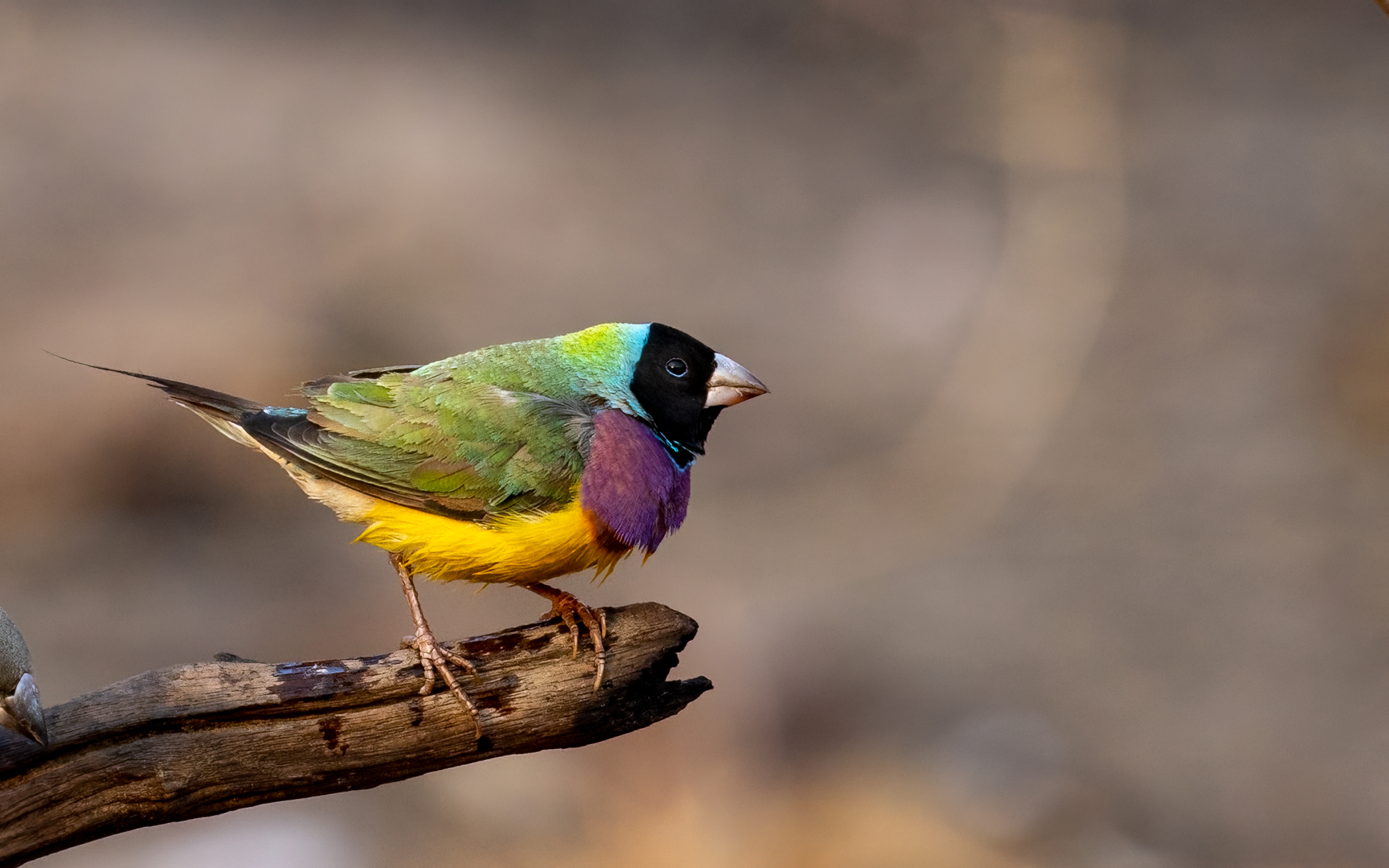| Common name | Australian wolf spider |
| Scientific name | Lycosidae (family) |
| Type | Arachnid |
| Diet | Carnivorous, eating insects but may also attack small vertebrates |
| Average lifespan | Up to two years |
| Size | Between 1 and 8 cms |
Unlike many spider relatives that dedicate their lives to building webs, Australian wolf spiders are ground dwellers, who stalk, chase, and pounce on their prey. Sometimes confused with the huntsman spider, the wolf spider is found throughout Australia living amongst leaf litter or in their burrow on the ground.
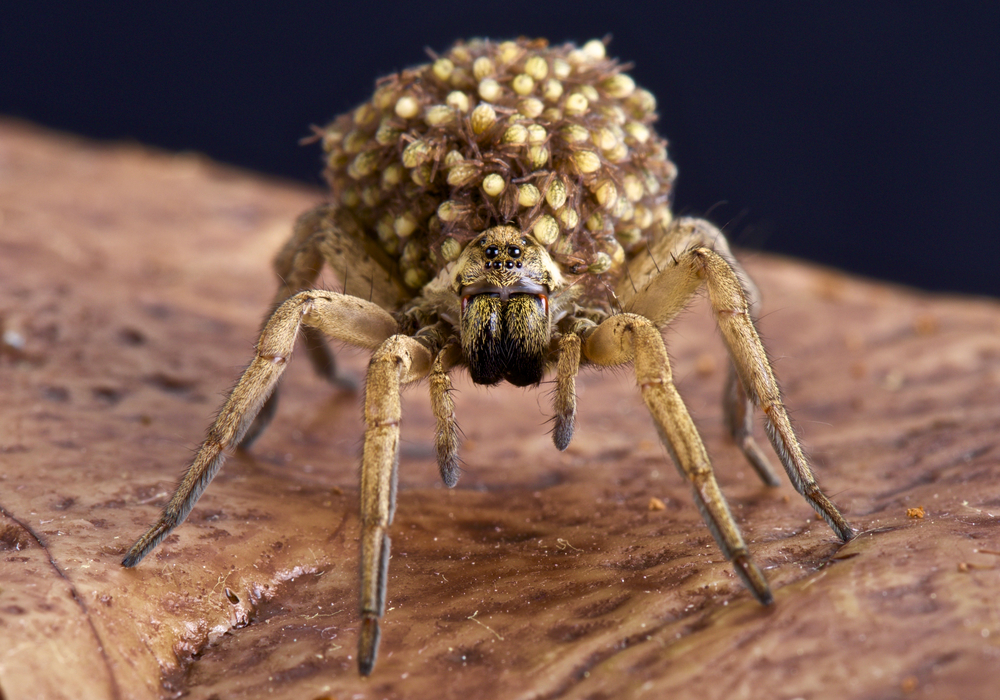
With over 2400 species of wolf spider across the globe, Australia is thought to be home to around 130 of these, with the Tasmaniacosa godeffroyi and Venatrix furcillata two of the most common.
Wolf spiders are typically dark and mottled in colour with patterned markings like radiating lines on the front of the body or scroll like patterns on the abdomen in brown, black, grey, yellow, or white.
Ranging in size, wolf spiders have three rows of dark eyes with four smaller ones at the front, and another four in a square shape on the top of their high, convex head.
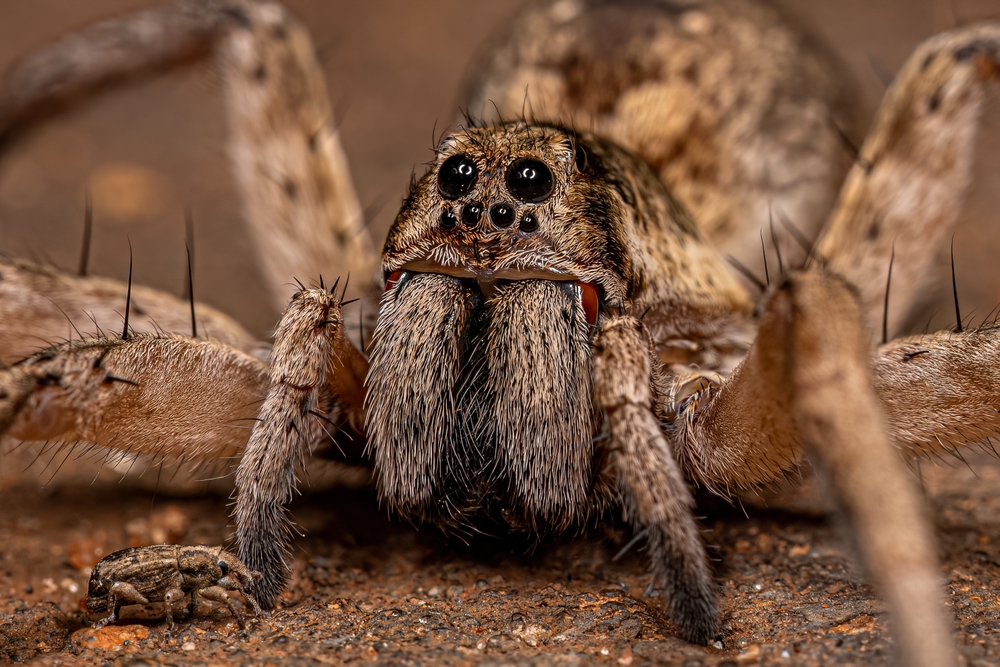
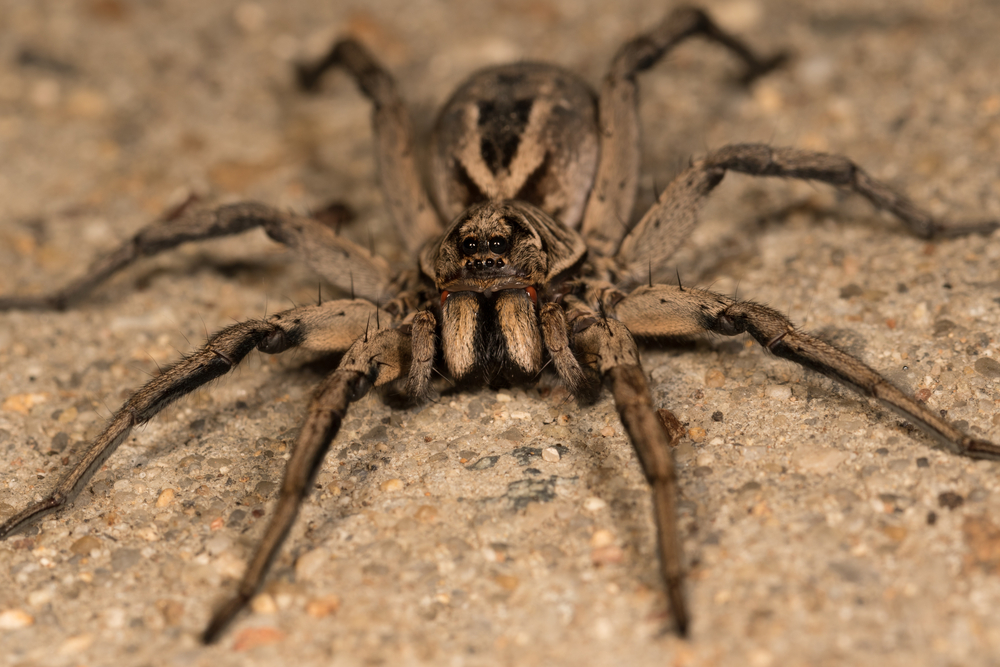
Wolf spiders are an adaptive arachnid and are found right across Australia, within a vast number of habitats including open woodlands, grasslands, wet coastal forests, alpine meadows, and inlands scrublands. Some species of wolf spider, including the Lycosa furcillata and Tasmanicosa godeffroyi are also common within residential backyards.
Wolf spiders can traverse a wide range of land as they disperse aerially as spiderlings or small juveniles, and this contributes to a widespread distribution of the spider.
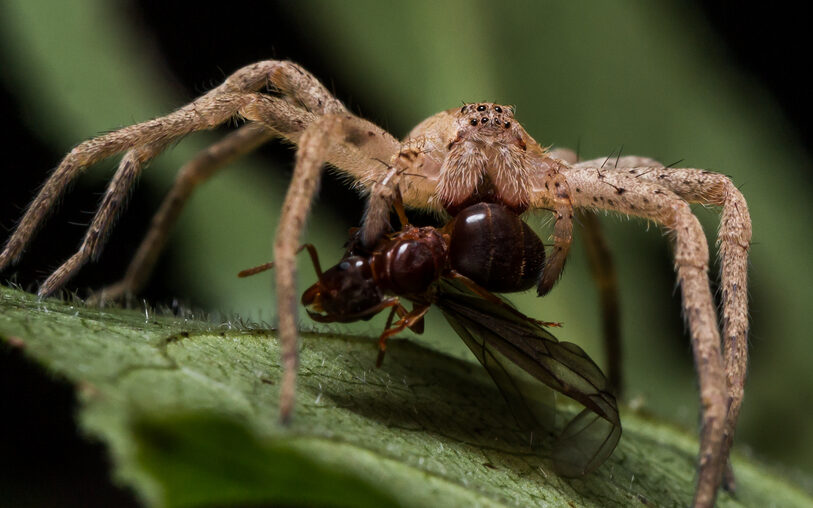
As they spend most of their time on the ground, wolf spiders blend into decaying leaf matter as well as sticks and pebbles. Many wolf spider species live in a burrow that can be up to 25cm deep and is excavated slowly by the spider, using its fangs. Some burrows have a trapdoor made from small stones, twigs, or other organic material.
Active at night, wolf spiders hunt their prey, and this is where the name ‘wolf spider’ originates. Other ground dwelling creatures such as crickets, ants, and small spiders make up much of their diet, although some larger wolf spiders have been known to stray from the invertebrate menu and feed on small vertebrates like frogs, and lizards, and even cane toads sometimes ending up on the dinner plate, particularly for the species Allocosa obscuroides. Once the wolf spider catches their prey, they either inject it with venom or mash it into a ball before ingesting it.
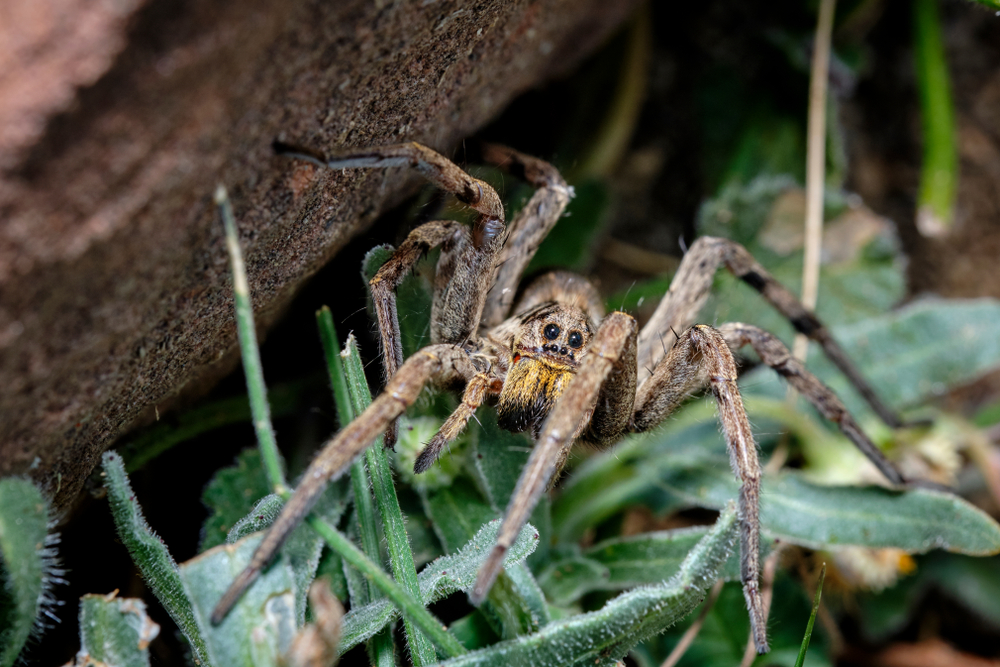
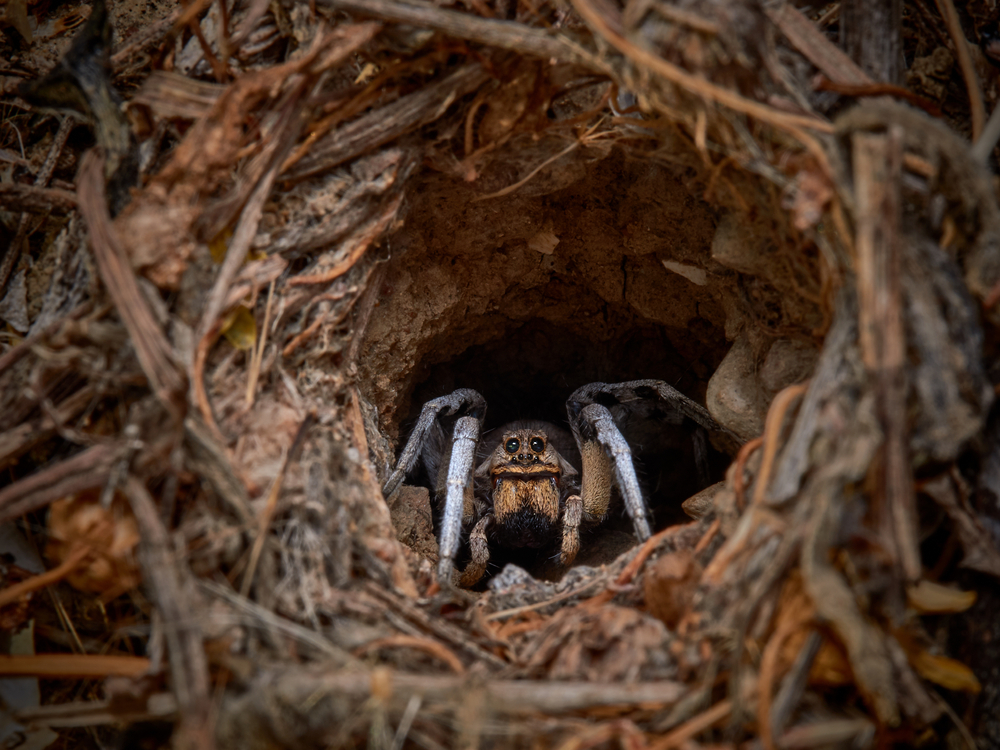
Wolf spiders’ mate outside the females’ burrow at night-time, with the male spider attracted by scent markings left by the female. The male wolf spider engages in a courtship ritual where it waves its pedipalps and front legs in the air and once mating takes place, the female creates a silk mat and deposits around 100 eggs into it, before rolling it into a ball and attaching it to her abdomen.
The female will then carry around her precious cargo until the eggs hatch and her spiderlings crawl onto her back. The baby spiders remain on top of their mother until they use up their fat reserves, forcing them to go off and look for food independently.






